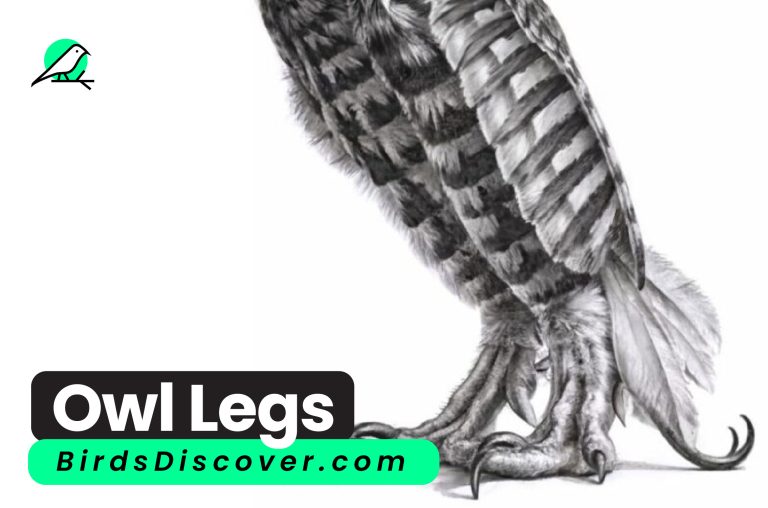5 Reasons Why Hummingbirds Are the Most Fascinating Birds
Description:
Hummingbirds captivate bird enthusiasts and nature lovers alike with their remarkable features and behaviors. Discover the top five reasons why these tiny avian wonders are considered some of the most fascinating birds in the world. From their extraordinary flight abilities to their vital ecological roles, hummingbirds offer a wealth of intriguing characteristics.
5 Reasons Why Hummingbirds Are the Most Fascinating Birds
1. Unmatched Flight Abilities
Hummingbirds are renowned for their exceptional flight capabilities. Unlike most birds, they can hover in mid-air thanks to their unique wing structure, which allows them to flap their wings in a figure-eight motion. This incredible maneuverability lets them access nectar from flowers with precision and agility. Additionally, hummingbirds can fly forwards, backwards, and even upside-down, making their flight patterns some of the most versatile in the avian world.
2. Tiny Yet Mighty
Despite their small size—ranging from about 3 to 5 inches in length—hummingbirds exhibit extraordinary endurance and strength. Their rapid wing beats, which can reach up to 80 beats per second, allow them to maintain their hovering position and swiftly move from flower to flower. This high-energy lifestyle demands a massive intake of food, as hummingbirds consume up to twice their body weight in nectar each day, showcasing their impressive metabolic rate.
3. Brilliant Plumage and Iridescence
One of the most striking features of hummingbirds is their dazzling plumage. Their feathers exhibit iridescence, meaning they can change color depending on the angle of the light. This optical effect is due to the microscopic structure of the feathers, which refract light. The vibrant hues seen in hummingbirds, ranging from brilliant reds and greens to dazzling blues and purples, make them a visual marvel and a favorite among birdwatchers and photographers.
4. Critical Pollinators
Hummingbirds play a crucial role in the ecosystem as pollinators. As they feed on nectar, they inadvertently transfer pollen from flower to flower, facilitating plant reproduction. This relationship is vital for the health of many flowering plants and crops. Their specialized long, slender bills and rapid hovering abilities make them particularly effective at accessing nectar and ensuring efficient pollination.
5. Intriguing Migration Patterns
Many hummingbird species undertake remarkable migrations, traveling thousands of miles between their breeding and wintering grounds. For instance, the Ruby-throated Hummingbird migrates between North America and Central America, a journey of up to 500 miles across the Gulf of Mexico. Their migration is an extraordinary feat of endurance and navigation, showcasing their remarkable adaptability and survival skills.
Conclusion
Hummingbirds are truly remarkable creatures, distinguished by their unparalleled flight abilities, tiny yet powerful physiques, brilliant plumage, essential ecological roles, and impressive migration patterns. Their unique characteristics and behaviors make them a source of wonder and fascination for bird enthusiasts and nature lovers. Understanding these aspects highlights why hummingbirds hold a special place in the avian world and underscores the importance of conserving their habitats.
FAQs
How do hummingbirds maintain their energy levels?
Hummingbirds consume large quantities of nectar, which provides them with the necessary sugar for energy. They also eat small insects and spiders for protein. To maintain their energy levels, they may visit hundreds of flowers each day.
Why do hummingbirds have iridescent feathers?
The iridescence of hummingbird feathers is due to the microscopic structure of the feathers, which refracts light to create vivid colors. This structural coloration changes with the angle of the light, giving the feathers their shimmering quality.
How far can hummingbirds migrate?
Some hummingbird species, such as the Ruby-throated Hummingbird, migrate up to 500 miles non-stop across the Gulf of Mexico. Migration distances vary by species, but many hummingbirds undertake long journeys between their breeding and wintering grounds.
What types of flowers do hummingbirds prefer?
Hummingbirds are attracted to brightly colored, tubular flowers with a high nectar content. They prefer flowers that are red, orange, or pink and often have a deep corolla to accommodate their long bills and tongues.
How can I attract hummingbirds to my garden?
To attract hummingbirds, provide nectar feeders filled with a sugar-water solution (1 part sugar to 4 parts water) and plant native flowering plants that produce tubular, brightly colored flowers. Ensure feeders are kept clean and free from mold.



